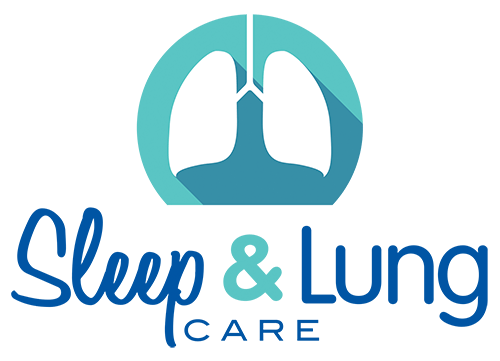What is it?
Restless Leg Syndrome is an irresistible urge to move the legs while at rest. A person with RLS will experience a vague, uncomfortable feeling only relieved by moving the legs. The symptoms of RLS may be present all day long, making it difficult for an individual to sit motionless. Or they may be present only in the late evening. Late evening symptoms can lead to sleep onset insomnia, which tends to compound the effects of RLS.How common is Restless Leg Syndrome
Restless leg syndrome is estimated to affect 5% of the population. Approximately 80% of people with RLS have Periodic Limb Movement Disorder (PLMD), though most people with PLMD do not experience RLS.Who is at risk?
The precise cause of RLS is unknown and is most likely multi-factorial- Middle-aged and elderly people
- Pregnant women
- Patients with chronic kidney disease
- Patients with iron deficiency anaemia
- Those with a parent who experiences RLS (which suggests a genetic link)
- People on antidepressant medication.
- Nerve damage
- Rheumatoid arthritis
- Diabetes
Periodic Limb Movement Disorder (PLMD)
Periodic limb movement disorder involves uncontrollable jerking of the legs or, occasionally, the arms that occur during sleep. These recurring movements can be severe enough to wake the sleeper. In other cases, the person sleeps, but only lightly, since the jerks rouse them from deep slumber without waking them. The result may be poor sleep quality and daytime fatigue. The jerking can increase or decrease in severity from one night to the next, for no apparent reason.Diagnosis
The diagnosis of RLS is made clinically. Although an overnight sleep-study is not used to diagnose RLS directly, it is very helpful to measure how long you are awake during the night, and how much sleep-onset delay and sleep-fragmentation occur. However, an overnight sleep study is the only way to diagnose PLMD, which frequently occurs in combination with RLS.What treatments are available for RLS?
Restless legs symptoms can be improved by iron replacement if iron levels are low. Simple measures such as walking or pacing can provide short-term relief. Frequent or severe symptoms can be treated with daily medication, usually taken at night 1-2 hours before symptoms usually develop. A number of medications are effective, and in more severe cases a combination of medications may be required.CONTACT US TODAY
If you have any questions or would like to make an appointment to discuss your Sleep or Lung related problem, please fill out the form and submit.
